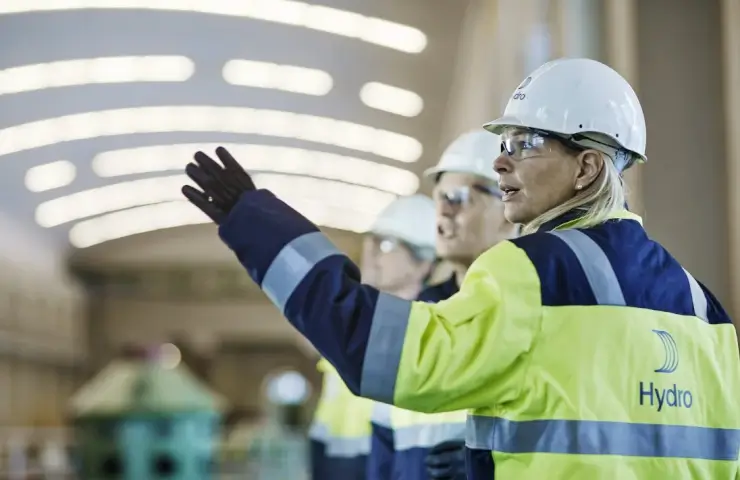The transition of U.S. automotive production from internal combustion vehicles to electric vehicles over the next decade will change the design and composition of many automotive parts, and these changes will open up significant growth opportunities for the domestic aluminum extrusion market, Duncan Pitchford, head of product supply, told S&P in an interview. and distribution of Norsk Hydro products.
“When you look at battery electric vehicles, you will find that there are certain types of components that you will not find in a vehicle with an internal combustion engine, and they are usually very heavy to handle. extrusions,” Pitchford said.
“If you look at the pace of battery electric vehicle production in North America, which will grow almost exponentially over the next five to seven years, there will be an associated increase in demand for these [extrusion-intensive] components,” he added.
Pitchford said the battery packs and protective covers Vehicle batteries are two types of electric vehicle components that will be produced using aluminum profiles. He added that other legacy components, such as collision avoidance systems, will also continue to favor aluminum for its lightness advantages as automakers look to reduce the overall weight of electric vehicles to offset the added weight of batteries.
"In our extrusion and aluminum metal departments, where we have many of our own alloys that we have developed over the years, we are seeing an increase in sales of ingots (blanks) for extrusion, and this is happening where the extrusion market is growing in the automotive industry ," Pitchford said.
Norwegian Hydro is currently building a 120,000 tpa aluminum extrusion plant in Cassopolis, Michigan that could be operational by the end of this year and will prioritize the use secondary raw materials. Its products will supply products to the automotive, transportation and building systems markets.
Pitchford said the Cassopolis project is Hydro's first greenfield manufacturing facility on a global scale in about 15 years and represents what the company believes " a strong future for US aluminum production.”
Pitchford noted that in addition to industrial initiatives, the general public is becoming more environmentally conscious, and this is driving purchasing decisions in favor of products made from sustainable materials.
Among its low carbon portfolio, Hydro offers CIRCAL aluminum products made from a raw material mix of at least 75% recycled scrap. In the US, Hydro can produce CIRCAL at its Commerce plant, and it will soon offer a low-carbon grade at its Henderson and Cassopolis plants.
Interest in low-carbon aluminum has increased in many sectors, according to Pitchford, such as beverage packaging, but the automotive sector was a notable leader.
Cast aluminum products have traditionally made up the majority of aluminum in automobiles, followed by sheets, extruded sections and forgings.
In 2022, the average car contained about 299 pounds of cast aluminum and only 56 pounds of aluminum profiles, said Ebey Abraham, head of industry consulting firm Ducker Carlisle, during a presentation at an aluminum symposium.
By 2030, as EV market share increases, Abraham says extrusion will rise to an average of 89 pounds per vehicle, while die-cast weights will increase more modestly to 304 pounds. The extrusion content will rise as traditional transmission, transmission and transmission components grow. are disappearing from electric vehicles and new components such as gearboxes, electrical equipment and housings are being added, he added.





